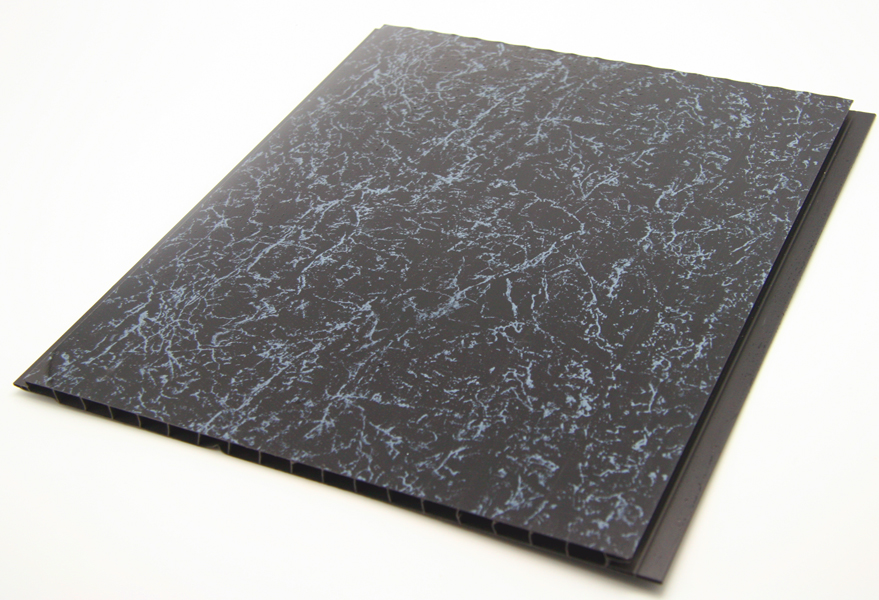In the forging machine functional components, in terms of the maturity of their development, production and use, the mechanical press uses a friction clutch as a brake. Friction Detachment A brake is an important component of the main drive of the mechanical press. Its performance directly affects the usability, safety, reliability and start-up rate and maintenance of the machine.
According to the structure of the friction clutch-brake, there is a combined friction clutch-brake and a separate friction clutch-brake; according to the working state of the friction pair, there are dry friction clutch-brake and wet friction clutch-brake; pressing friction clutch The operating system of a brake has a pneumatic friction clutch-brake and a hydraulic friction clutch-brake.
The combined friction clutch-brake is compact in structure, and the combination of the clutch is coordinated with the disengagement action. It can be mounted on the intermediate shaft or on the crankshaft. It is widely used in open-air presses and high-speed presses of 100-1600 kN. . Separate friction clutch-brake can effectively reduce the moment of inertia of the driven part to reduce heat during movement, reduce the temperature rise of the friction pair, and improve the service life of the friction plate. It is usually used in closed presses and larger specifications. Open press. Separate friction clutch-brake is generally made by the main engine manufacturer due to structural reasons. At present, it is difficult to organize specialized production.
At present, there are basically two types of domestic functional parts produced by professional factories. One is a combined pneumatic dry friction clutch-brake (if dry friction clutch), and the other is a combined pneumatic wet friction clutch-brake ( Referred to as wet friction clutch). These two kinds of clutches are divided according to the structure and belong to the same type; according to the working state of the friction pair, they are divided into dry type and wet type; according to the control system, they are also pneumatic clutches.
The dry friction clutch and the wet friction clutch developed by the domestic self-developed or utilizing foreign technology have gradually entered the mature stage after a long period of market development. Not only can the mass production and supply of the main engine factory be used, but the quality is stable and the performance is reliable.
Photoelectric safety protection device
The photoelectric safety protection device is provided with an invisible infrared light curtain in a protection area between the operator of the forging machine and the dangerous working area. Once a certain part of the operator enters the protection area to block the light curtain, the control system outputs a signal to the forging machinery safety actuator. To make the forging machinery emergency stop to prevent dangerous actions. It can be seen that the photoelectric safety protection device itself does not directly protect the operator, it only sends a signal to the machine tool to stop the dangerous action before a safety accident may occur. Therefore, strictly speaking, the photoelectric safety protection device should be called the photoelectric safety protection control device.
Photoelectric safety protection devices are usually divided into reflective and through-beam types. The reflective photoelectric safety protection device is composed of a controller, a sensor and a reflector. The light curtain is emitted by the sensor and reflected back to the sensor through the reflector. The photoelectric safety protection device is controlled by the controller, the transmitting sensor and the receiving sensor. The 3 part consists of a light curtain emitted by the transmitting sensor and received by the receiving sensor.
The photoelectric safety protection device can be used for various forging machines such as mechanical presses, hydraulic presses, shearing machines, sheet bending machines, etc. According to different working conditions of the machine tool, it can be set to be used on the front side of the machine tool, and the front and back sides of the machine tool. The double-sided protection type used can also be set to the "C" shape protection type on the front and both sides of the machine. The protection height, that is, the light curtain of the photoelectric safety protection device, must be greater than the maximum stroke of the forging machinery working mechanism, which is the basic parameter requirement for selecting the photoelectric safety protection device.
At present, there are many manufacturers of photoelectric safety protection devices in China, and the specifications and models are relatively complete. Generally, the protection height is between 60 and 600 mm. The control system has a self-test function and the response time is 20 milliseconds. However, it is worth mentioning that the quality of products entering the market is mixed, and the host manufacturers must be cautious when matching. Once the unreliable safety protection device is selected, the consequences are unimaginable.
It must be emphasized again that the components that make up the dangerous conditions of the main engine (such as the slider) must have the function of emergency braking at any position. Otherwise, after the photoelectric safety protection device sends a signal, the machine does not stop the dangerous action of the actuator, which cannot protect the operator.
Size of Printing Wall Panels: 200mm x 8mm, 220mm x 8mm, 250mm x 8mm, 250mm x 5mm, 250mm x 10mm.
Type: Artistic Ceilings, Honeycomb Ceilings, Integrated Ceilings, Perforated Ceilings.
Material: PVC (50%, 60%, 70%, 85% or as your request), Caleium Carbon and other chemicals
Weight: 2-4 kg/sqm
Feature: Fireproof, Heat Insulation, Moisture-Proof, Mould-Proof, Smoke-Proof, Sound-Absorbing, Soundproof, Waterproof, Fire,Moisture,Mould Proof.
Surface Treatment: Oil print, thermal transfer print as your pattern and color.
Surface effect: Bright/glossy, high glossy, matt, gleam, roller coating and so on
Quality Guarantee: 25 years.
Certificate: ISO9001:2000, Soncap, Intertek, SGS.
Application: Hotels, commerical buildings, hospital, schools, home kitchen, bathroom, indoor decoration and so on.
Pictures of Printing Wall Panels:

Printing Wall Panels
Printing Wall Panels, Printing UPVC Wall Panels, Printing Decorative Wall Panel
Zhejiang Huaxiajie Macromolecule Building Material Co., Ltd. , http://www.pvcbuildingdeco.com